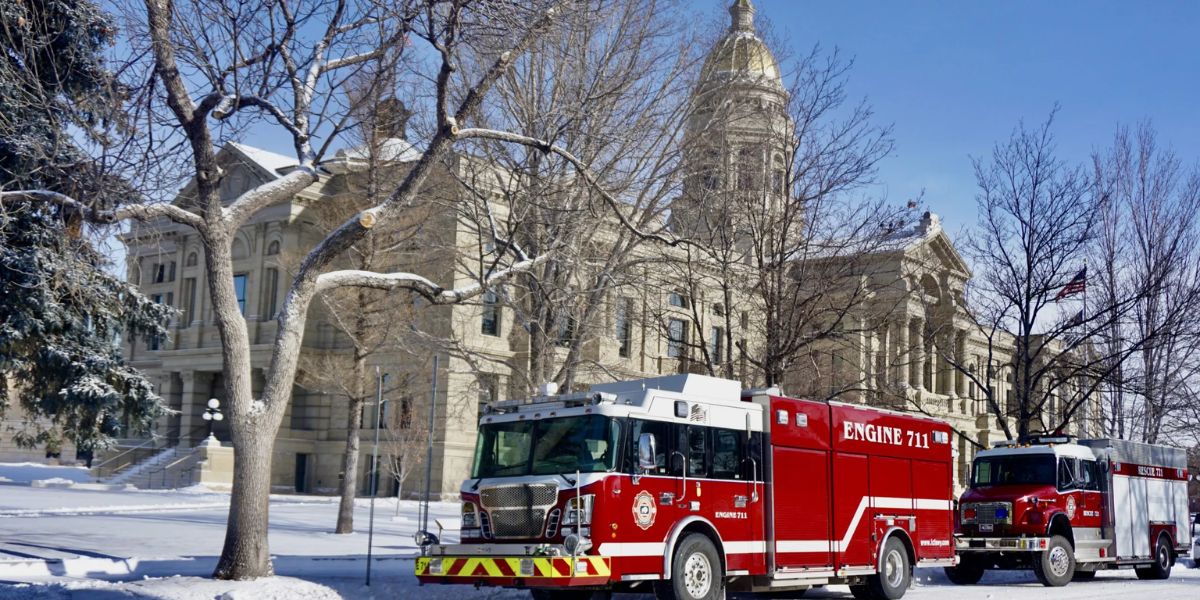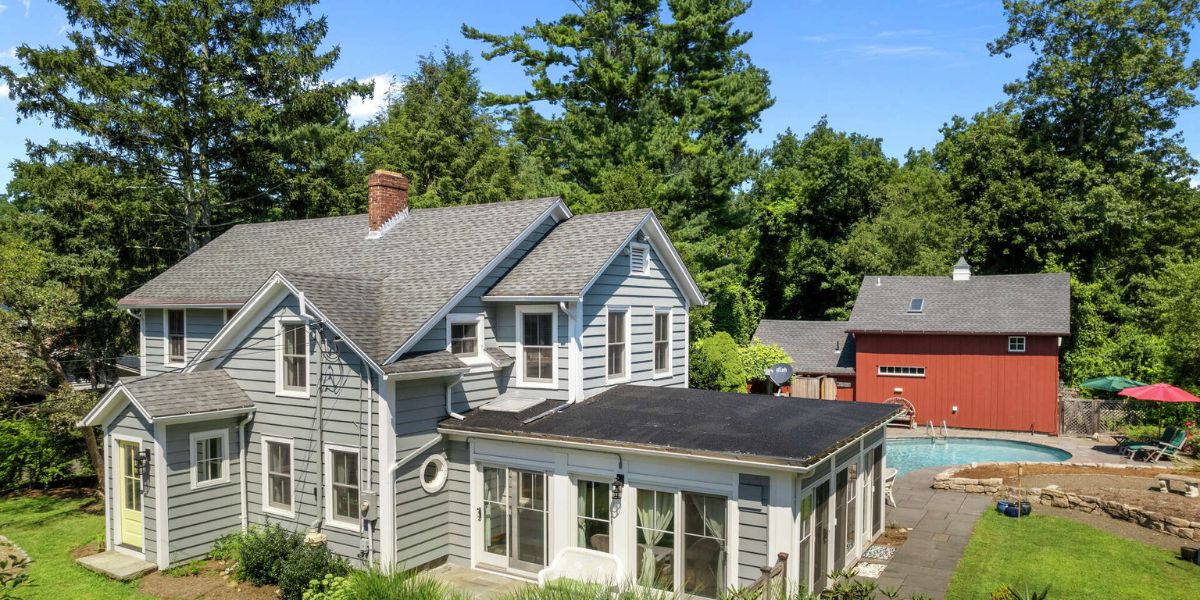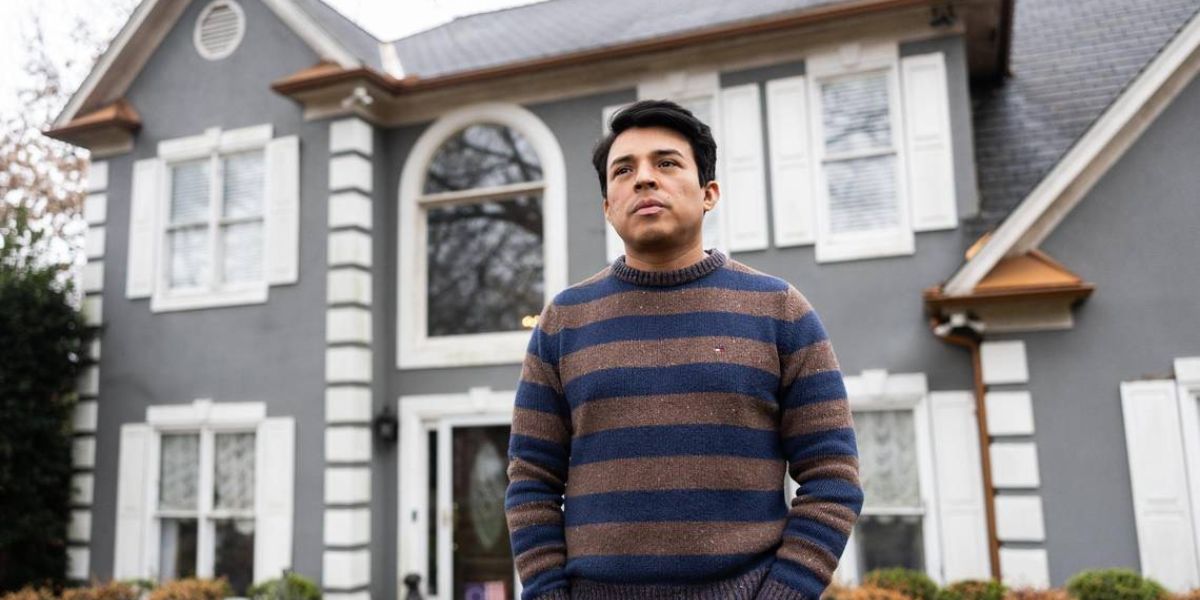In the rapidly shifting landscape of property taxes, two neighboring states are taking very different approaches to managing the rise of investment property and second-home ownership, and the growing strain it places on local housing markets.
In Montana, lawmakers have introduced a new 1.9% flat property tax rate for second homes to fund a cut for primary residences, a move designed to shift more of the tax burden onto out-of-state owners and short-term rental investors.
Just a few hundred miles away, Wyoming is pursuing the opposite strategy. New constitutional amendments and property tax exemptions offer deep savings to primary-residence homeowners, without penalizing second-home owners. In doing so, Wyoming has created a softer form of tax preference that may prove more appealing to both residents and would-be investors.
The contrast raises an urgent question, especially for Western states that have become the epicenter of out-of-state investment and affordability challenges: Will Montana’s crackdown drive second-home buyers into friendlier territory like Wyoming?
And if so, what does that mean for affordability, infrastructure, and the long-term balance between relief and responsibility there?
The Western real estate rush
Western states have become a focus of second-home buyers and investors in recent years, driven by scenic settings, affordability, and migration patterns. As populations spiked in these states, investors saw an opportunity to cash in—and they did.
In 2024, Montana had the sixth-highest share of investor purchases nationwide, with investors accounting for 17.2% of all home sales, down just 0.1% from 2023, according to the latest Realtor.com Investors Report. Wyoming ranked eighth, with investors making up 16.3% of sales, a 0.9% increase year over year.
Compared with pre-pandemic levels, the change is even more dramatic. Montana saw the largest increase in investor activity of any state, with a 6.3% rise since 2019. Wyoming’s investor share climbed by 4.9% over the same period, ranking fifth overall.
This surge in investor demand hasn’t been matched by a corresponding increase in housing supply. According to the latest Realtor.com Building Report Cards, both Montana and Wyoming rank among the bottom 10 states for new housing development, placing 44th and 42nd, respectively.
With supply falling short of demand, home prices have soared. Since 2019, the median home price in Montana has jumped 83.1%. In Wyoming, it’s up an astonishing 91.8%—both more than double the national increase of 37.5%.
Wyoming’s playbook: Rewarding locals without penalizing outsiders
Those rising home prices have, of course, translated into higher tax bills for longtime residents. In response, state legislatures have passed a slew of property tax reforms.
While Montana’s new tax policy targets second-home owners with higher rates, Wyoming has taken a different approach, offering generous property tax relief to full-time residents.
In 2024, Wyoming adopted a constitutional amendment that created a new subclass within residential property specifically for primary residence owner-occupied homes, opening the door to targeted exemptions. To qualify, homeowners must reside in the home for at least eight months of the year.
The benefits can be substantial. Starting in 2026, full-time Wyoming residents can receive a 25% exemption on the first $1 million of their home’s market value, seniors who have paid taxes in the state for at least 25 years can claim an even more generous 50% exemption, and veterans are eligible for an additional $6,000 exemption.
Hank Hoversland, executive director of the Wyoming Taxpayers Association, has seen the impact himself.
“Personally, I got my tax bill, and I would say I probably [saved] 40% to 45% on my estimated tax bill because of these exemptions,” he says.
In addition to exemptions, the state now limits how fast property taxes can grow by capping annual valuation increases at 4%. These measures are designed to help residents remain in their homes, but they might come with unintended consequences.
“So while, yes, I don’t disagree that lowering property taxes makes it easier for somebody to stay in a home,” Hoverslandsays. “The issue that [it] then brings is there’s less supply on the market.”
That reduced inventory, in turn, might make homeownership harder for others.
It “just decreases the affordability of new people coming and first-time homebuyers being able to buy a home for a reasonable price,” he adds.
In effect, Wyoming is using tax policy to prioritize stability, protecting its aging population, and rewarding year-round residents. But whether that balance can last against persistent affordability challenges remains to be seen.
Could second-home buyers shift to Wyoming?
Another headwind for Wyoming: its neighbor, Montana. As the Treasure State raises taxes on second homes, Wyoming might become a more attractive alternative for buyers seeking a seasonal escape without the tax burden. While the state hasn’t explicitly courted second-home buyers, its tax code has the side effect of making Wyoming a more welcoming place.
According to the Tax Foundation, Wyoming ranks 38th in the nation for property taxes paid as a percentage of housing value, with an effective tax rate of 0.55%. Even without the exemptions that primary residence owners qualify for, that low tax rate makes the state an attractive alternative to Montana’s 1.9% flat tax.
That outside interest has already put a strain on affordability in Wyoming.
“There’s not a lot of supply, but the demand has been high in Wyoming. Specifically, we’ve seen a lot of people coming from out of state putting in cash offers on homes above asking price,” says Hoversland. “And that really increased fair market value, which increased assessed values of homes, and subsequently the tax bills that residents are seeing on their homes.”
It’s supply and demand deja vu. That kind of outside interest is exactly the environment that led Montana to reform its property tax system. And now, Wyoming might face increased interest from the very outside investors Montana is seeking to drive out.
Long-term risks: Affordability and lock-in effects
Wyoming’s 4% annual cap on property value increases offers certainty for long-term homeowners, but it might also have unintended ripple effects across the housing market.
“It kind of creates a disincentive to sell your house, because you’re not going to realize the property tax gains if you go and buy a different house. … You won’t see those property tax breaks,” Hoversland explains.
That hesitation to sell contributes to a tighter housing supply, especially in high-demand areas. Fewer listings can mean fiercer competition and inflated prices for first-time buyers or newcomers—headwinds that outside investors can easily sidestep with all-cash offers at or above asking price.
Local governments brace for impact
Local governments are already feeling the sting of these reforms. Cities such as Casper and Cheyenne are seeing over $1 million in revenue losses apiece, according to Hoversland.
Because property taxes are the primary revenue source for local governments, funding everything from schools to fire departments, the fallout could be significant. And the decentralized nature of Wyoming’s government structure means no two jurisdictions are responding the same way.
“We’re going to see 99 different approaches at the municipal level, and 23 different approaches at the county level to deal with the impacts of these lost revenues,” Hoversland explains.
And while tax cuts might seem like a win in the short term, the longer-term trade-offs are harder to ignore.
“Lower property taxes, that’s great—there’s more money in your pocket—but you may see less services at the local level,” he adds.
The fine line between relief and retreat
For homeowners feeling squeezed, property tax relief can seem like an obvious win. But experts caution that cutting too deeply or unevenly can backfire, especially in communities already strained by growth, tourism, or housing demand.
Broad cuts might offer immediate savings, but without guardrails, they risk eroding equity and increasing displacement. At the same time, cutting taxes too aggressively can starve communities of the very services that make them desirable.
Manish Bhatt, a senior policy analyst at the Tax Foundation, offers a useful reframing.
“We should be thinking about it as ‘We value the local services that we have. We might want to improve those local services, and in order to have them or improve them, we need to pay for them.’”
The challenge for policymakers is clear: Deliver relief, but not at the cost of local stability.




